Different nations on earth select their native flowers or plants to symbolize their geographic region. Canada and Australia were the first two countries to use a flower as their national emblem, and many other countries soon followed.
Some nations have formally embraced any flower or plant that has a long-standing historical or religious value. Pakistan, India, Afghanistan, Sri Lanka, Bangladesh, Nepal, Bhutan, and the Maldives are SAARC (South Asian Association for Regional Cooperation) countries that have also designated their national flowers. Information on each of the national flowers of the SAARC nations is listed below.
Pakistan’s official flower is the common jasmine.
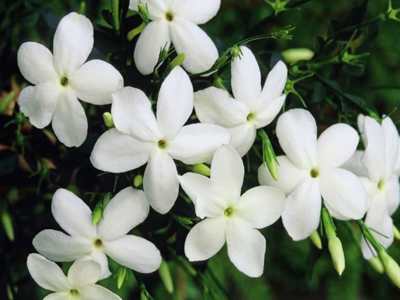
This flower is known in Pakistan by the Persian name “Yasmin,” which translates as “A Present of Nature.” Jasmine is also known as “Chanbeli” in the regional tongue. Pakistan provides the ideal warm, tropical climate for the growth of all jasmine species. Jasmine’s exotic hue is regarded as a peace symbol. Jasmine represents the harmony of the people of Pakistan’s various cultures and languages because of its lovely scent and variety of petals.
Lotus is the national flower of India.
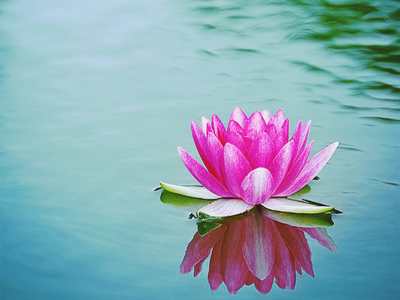
The lotus flower is revered as a really sacred flower in India, and its history and ancient Indian mythology provide evidence of its connection to Hinduism and Indian culture. Hinduism holds that the lotus represents god, fertility, riches, wisdom, and enlightenment. Even though the “water lily” is more commonly known as the “lotus,” this is not the case in India. The blossom of this aquatic plant floats on broad leaves, and it is grown in little water bodies all over India.
Blue water lily, Sri Lanka’s national flower
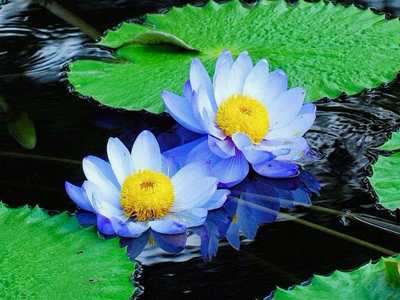
On February 26, 1986, the blue water lily, or purple water lily, was designated as Sri Lanka’s national flower. This flower is known as Nil Mahanel in the local language, and its scientific name is “Nympheae Stelleta.” The blue water lily has great significance in Buddhism as a symbol of truth, purity, and discipline. This gorgeous bloom may be found across Sri Lanka and is typically cultivated in shallow seas.
White water lily, Bangladesh’s national flower
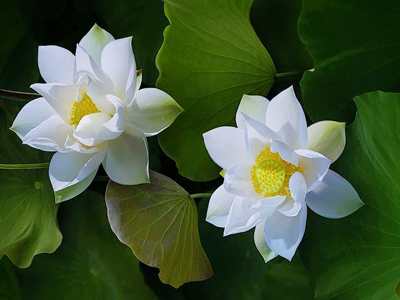
The symbol of peace and lovely nature is the national flower of Bangladesh. In the local Bengali language, this is known as “shalpa.” There are several rivers, lakes, and streams in Bangladesh. As a result, the Whitle Water Lily is found all across the nation. Numerous petals on the White Water Lily, also known as Shalpa, stand in for various rivers in Bangladesh. Shapla is another popular food among Bangladeshis, who particularly like eating the stem and fruit of this plant.
The Rhododendron Arboretum, Nepal’s National Flower
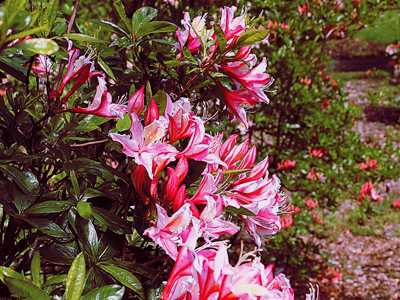
A little tree native to South Asia produces this vivid and crimson blossom. This is Nepal’s official flower. “Tending to be woody” or “expanding in a tree-like form” are references made in the name. The gorgeous blooms bloom in the spring on these scattered shrubs that resemble trees in Nepal’s steep terrain. This shrub is suitable for gardens in wooded areas. During the rhododendron flowering season, the mountains of Nepal take on hues of red, white, or pink. In the Nepali language, this flower is known as “Lali Gurans.”
The blue poppy, which are Bhutan’s national flower,

Locally known as “Euitgeal Metog Hoem,” the national flower of Bhutan has the scientific name Meconopsis grandis. This beautiful flower is commonly referred to as the “Blue Poppy” and is cultivated at higher altitudes. The blue poppy plant is a rare species, and growth has been severely stunted. A resilient perennial flowering plant is the blue poppy. It has summer blossoms and is herbaceous. The enormous blossoms have a diameter of roughly 4 to 5 inches. Despite having a quiet and fragile appearance, the blue poppy can withstand harsh weather, particularly winter, and blossoms in full glory in April.
Pink roses are the Maldives’ national flower.
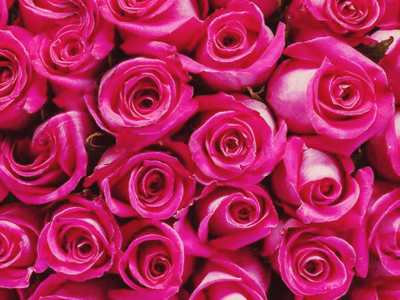
Finifenmaa, also known as Pink Rose, is highly revered by the Maldivian people. The pink rose is one of more than a hundred species in the Rosaceae family, and the environment in the Maldives is ideal for its growth. Rose polyantha, the pink rose’s botanical name, was designated as the Maldives’ national flower on July 25, 1985.
Afghanistan’s official flower is the tulip.
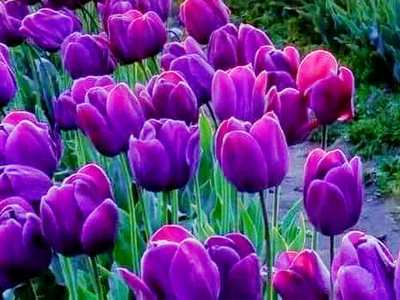
The tulip is recognized as Afghanistan’s national flower. Only a small number of people are aware that the gorgeous flower’s origins are in the Pamir and Hindukush mountain ranges of Afghanistan and central Asia, despite the fact that tulips are quite closely related to the Netherlands and other European nations.
The tulip was known as “Laleh” under the Persian Empire and was grown in Iran, Afghanistan, Turkey, and other parts of Central Asia.
